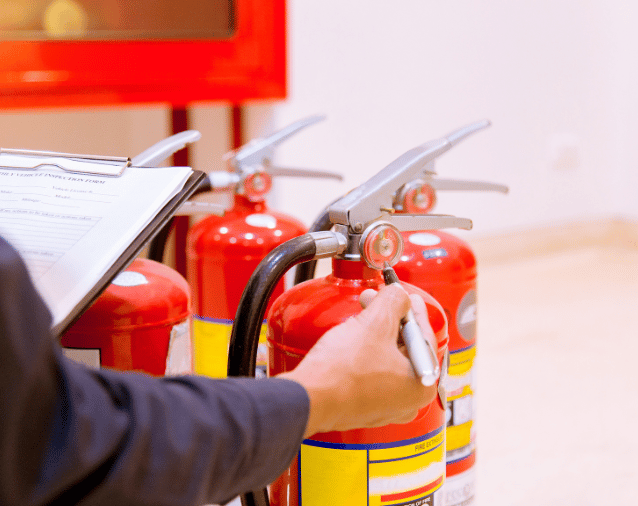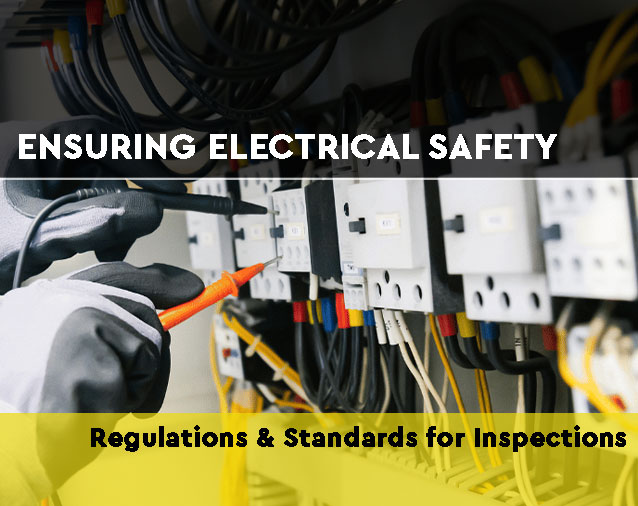Height Safety Compliance: Protecting Lives at Work
Working at height remains one of the leading causes of workplace injuries and fatalities in the UK. According to the Health and Safety Executive (HSE), falls from height accounted for 50 worker deaths in 2023/2024, making it the most common cause of fatal injuries. These incidents often result from inadequate planning, lack of proper equipment, and insufficient training.
For employers and those overseeing work at height activities, compliance isn’t just a legal requirement—it’s a moral obligation to protect workers. Failure to comply with the Work at Height Regulations 2005 can lead to significant fines, legal consequences, and an increased risk of workplace accidents.

Understanding the Work at Height Regulations 2005
This regulation mandates that employers do everything reasonably practicable to prevent falls. This includes:
✔ Proper planning and risk assessments before work begins.
✔ Using appropriate fall protection equipment suited to the task.
✔ Ensuring workers are trained and competent in working at height.
The regulations apply across various industries, including construction, utilities, manufacturing, and warehousing, where working at height is a routine requirement.
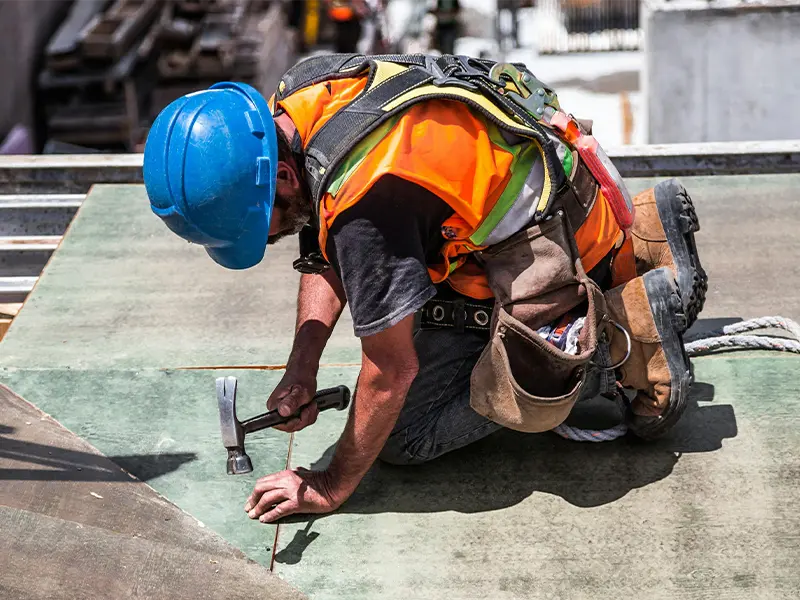
What Height Is Fall Protection Required?
Work at height is defined as any work where a person could fall a distance likely to cause personal injury, whether the person is working at height, above ground, or below ground. This includes:
- Working on ladders, scaffolding, or elevated platforms.
- Performing tasks near fragile surfaces, such as skylights, roof edges, or unstable walkways.
- Operating near unprotected edges, floor openings, or excavation sites (e.g., working near pits or trenches).
- Working within or near pits, holes, or confined spaces where the risk of falling exists.
To mitigate these risks, appropriate fall protection systems must be in place whenever work at height occurs.
Fall Restraint vs. Fall Arrest – Understanding the Difference
One common question in height safety is the difference between fall restraint and fall arrest systems:
- Fall Restraint: This system prevents workers from reaching a fall hazard by acting as a barrier. For example, a lanyard or restraint line keeps a worker away from unprotected edges or openings.
- Fall Arrest: Fall arrest systems allow workers to move near a hazard but stop them mid-air if they fall. This includes equipment like a harness, lanyard, and anchor point to safely arrest the fall and minimise injury.
Both fall restraint and fall arrest systems require regular inspections and proper tagging to ensure compliance with UK safety standards. Key UK safety standards include:
- BS EN 365:2004 – Applies to personal protective equipment (PPE) such as harnesses, lanyards, and other fall protection devices, setting requirements for design, testing, and maintenance.
- BS EN 795:2012 – Focuses on the installation and maintenance of anchor points (e.g., eyebolts) used for fall arrest and restraint systems.
- BS 7883:2019 – Covers the inspection and testing of fall protection systems, including anchor points and eyebolts. It outlines how often inspections should be carried out and ensures that equipment remains safe for use.
- Lifting Operations and Lifting Equipment Regulations (LOLER) 1998 – Governs the maintenance and inspection of lifting equipment, including fall protection equipment like anchor points, ensuring their reliability and safety.
By adhering to these standards, employers can ensure the safety and reliability of their height safety equipment and provide maximum protection to workers.
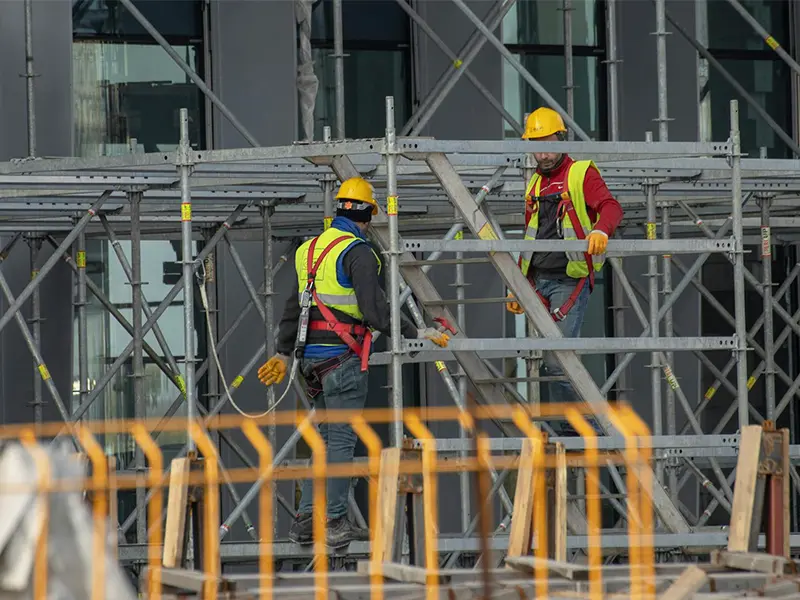
Step-by-Step Guide to Minimising Fall Risks and Ensuring Compliance
Step 1: Conduct a Thorough Risk Assessment
Before any work at height begins, employers must:
✔ Evaluate if the work can be done without working at height (e.g., using ground-based equipment or relocating the work).
✔ Identify fall hazards such as unprotected edges or fragile surfaces.
✔ Consider environmental factors, including weather conditions.
✔ Implement control measures like guardrails, collective protection, or safety nets.
Step 2: Selecting the Right Equipment
Choosing the correct fall protection equipment is essential for safety and compliance. Options include:
✔ Guardrails and scaffolding to prevent falls.
✔ Fall arrest harnesses and lanyards for individual protection.
✔ Anchor points and eyebolts for secure attachment.
✔ Personal protective equipment (PPE) such as helmets and anti-slip footwear.
In accordance with BS EN 365 and BS EN 795, all fall protection systems must be certified, inspected, and properly tagged to ensure compliance.
🔗 Anchor point tags help track inspection dates and compliance status for height safety equipment.
Step 3: Training and Competency Requirements
Employers must ensure that all workers:
✔ Receive training in work at height safety and equipment use.
✔ Are competent in emergency rescue procedures.
✔ Undergo regular refresher training to stay updated on best practices.
Proper record-keeping of training sessions is also essential for compliance.
Step 4: Regular Inspection, Maintenance, and Record-Keeping
Under BS 7883:2019, eyebolts and anchor points require routine inspections to remain compliant. Recommended intervals include:
- Every 12 months for eyebolts used for personal fall protection.
- Every 6 months for abseil points and high-use anchor points.
Failure to properly inspect and tag fall protection equipment can result in serious safety risks and regulatory breaches.
🔗 Eyebolt tags ensure all fall protection systems are legally inspected and compliant. These tags record essential details such as inspection dates, serial numbers, and re-certification deadlines.
Common Compliance Mistakes and How to Avoid Them
Non-compliance can occur even when regulations are in place. The most common mistakes include:
❌ Failure to assess fragile surfaces before work begins, leaving workers exposed to fall hazards.
❌ Lack of proper edge protection or guardrails, increasing the risk of accidental falls.
❌ Using incorrect or expired equipment that may no longer provide adequate protection.
❌ Not having a rescue plan in place, which heightens the risks in the event of a fall.
Even well-maintained equipment can become unsafe over time due to wear and tear, corrosion, and improper storage. Eyebolts and abseil anchors are particularly vulnerable and require regular inspections. It’s crucial to check for issues such as cracks, rust, or faulty installation, as neglecting to maintain and inspect these components can lead to catastrophic failures.
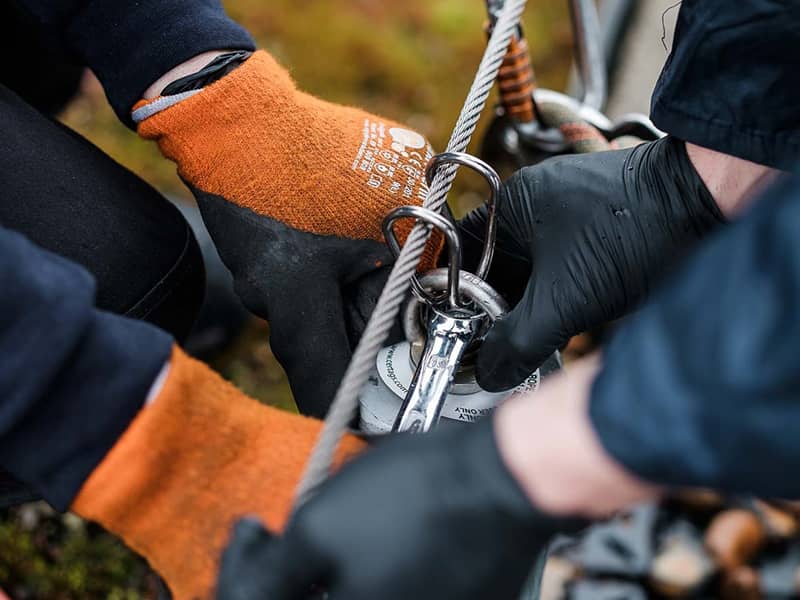
Taking Action to Protect Your Workforce
Compliance with the Work at Height Regulations 2005 isn’t just about meeting legal requirements—it’s about creating a culture of safety in workplaces where height-related risks are common. By conducting thorough risk assessments, selecting the right equipment, ensuring proper training, and maintaining rigorous inspection procedures, businesses can protect their workforce and stay compliant.
For those managing fall protection equipment, ensuring accurate tagging and inspection records is critical. Eyebolt tags and anchor point tags offer a simple but effective way to track inspections, re-certifications, and compliance status, helping businesses meet UK safety regulations effortlessly.
Need assistance with your height safety tags?
Our team is here to help you select height safety solutions to enhance your workplace operations. Reach out today and let us recommend the most effective lockout and tagout devices for your needs.


